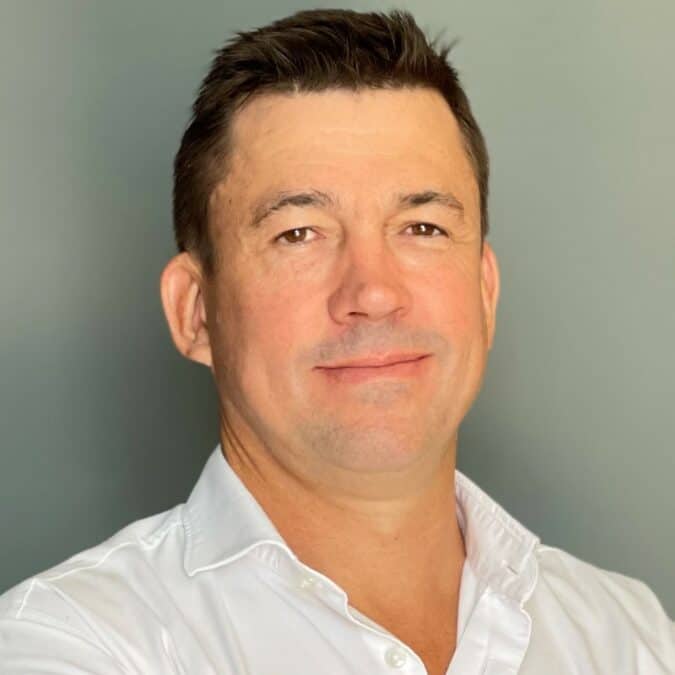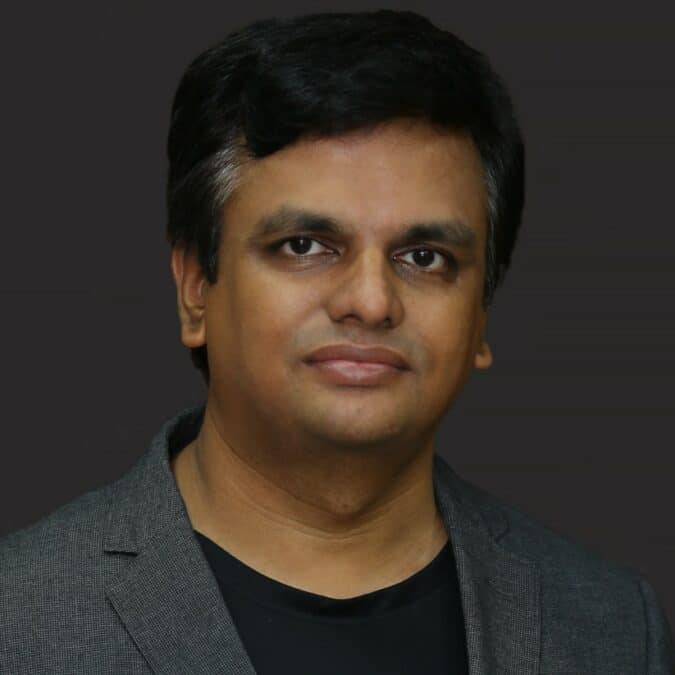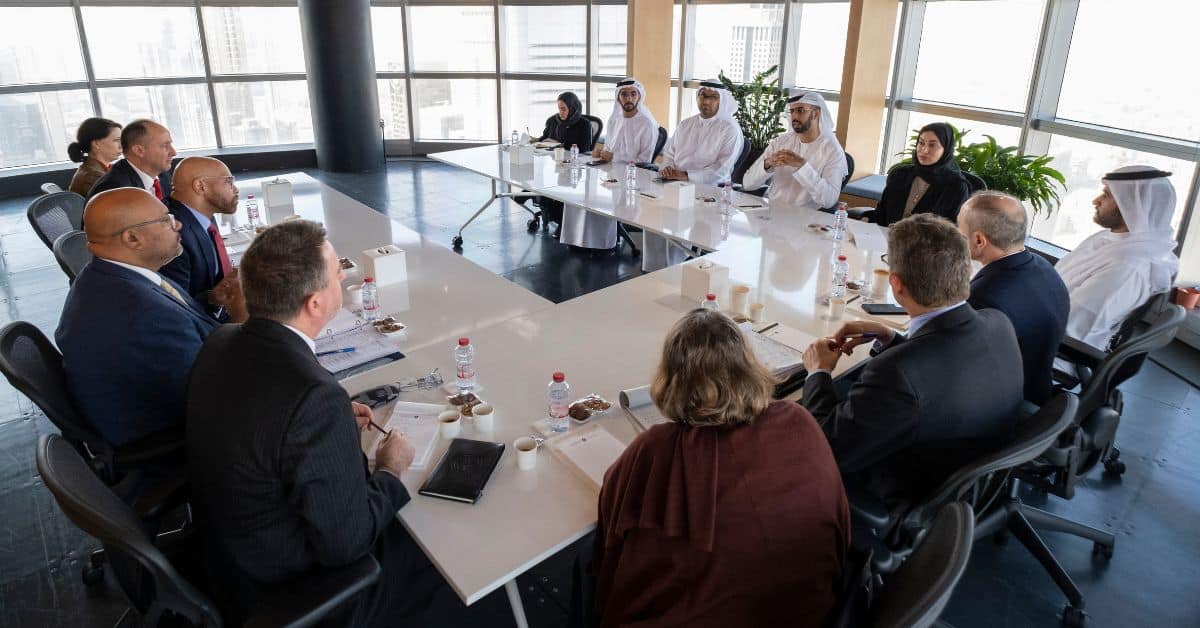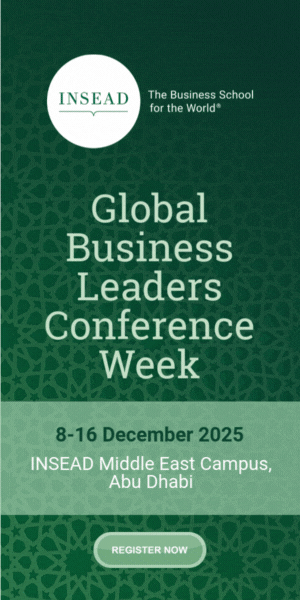Digitalization is a key theme for government initiatives across the region – it is a fundamental pillar of Saudi Vision 2030, and in the UAE, the government aims for the sector to contribute 20 percent of the nation’s GDP over the next decade.
At the same time, sustainability has been another key trend in the region, which is evident from the fact that the next edition of the COP conference is scheduled to be held in the UAE. Egypt hosted the COP conference in November 2022.
Gartner expects that by 2025, 50 percent of chief information officers (CIOs) will have performance metrics tied to the sustainability of the IT organization. But focusing only on the sustainability of internal IT operations is too narrow a way to think about sustainable technology. Instead, also think of enabling a whole host of sustainable outcomes using technology.
The technology sector is a major contributor to global carbon emissions, and yet there’s no stopping the growing demand as IT becomes ever more pervasive in our daily lives.
So, governments and businesses should continue the march of technology but ways to balance ambitions with new sustainable and more environmentally conscious ways of operating IT.
Unique requirements
Speaking to TRENDS, industry experts talked about the latest innovations in green technologies and how these apply to the unique requirements of the region, for example, data center cooling given the region’s high temperatures.
Bjorn Viedge, General Manager at ALEC Data Centre Solutions, said that digital transformation has been a trend across industries – from the tech-focused banking and finance sector to more traditional verticals such as manufacturing and construction.

IT now plays a pivotal role in the day-to-day operations of these businesses, enabling communication and collaboration, delivering analytics that drives informed decision-making, streamlining operations, enhancing customer experiences, and much more, Viedge added.
He said, “Data centers – whether private and on-premise or those of hyper-scale cloud providers – are at the heart of this digital revolution as they provide the computing capabilities required to power this transformation. It is no surprise then that this segment is booming, and according to some estimates, the Middle East data center colocation market could grow by as much as 13.5 percent annually between 2020 and 2026.”
Dinesh Varadharajan, Chief Product Officer at Kissflow, said, “When considering the balance between the growing digital appetite, and the alignment of this goal with broader sustainability objectives in the region, it is important to recognize that digitalization itself can pave the way for more green operations. From Kissflow’s perspective, the Unified Work platform we deliver makes this possible in two ways.”

Varadharajan added: “First, it enables businesses to evolve to a paperless work environment. And second, by automating processes across all departments, we help drive efficiencies that translate to tangible reductions in an organization’s carbon footprint owing to the ability to operate with fewer resources, eliminate time and energy expended on repetitive tasks, and reduce human errors that would otherwise draw on resources.”
Paperless ops and shift toward renewables
It’s hard to grasp just how significant of an impact the move to digital, paperless operations can have on reducing an organization’s carbon footprint. Research shows that the average office worker uses 10,000 sheets of copy paper annually, and the paper consumption of the average business grows by a staggering 22 percent per year. It should come as no surprise that the forward-thinking Dubai government recognized this issue and subsequently worked to become the world’s first paperless government – a move that, in addition to cutting computing by 336 million papers, has also helped save more than Dh1.3 billion and over 14-million-man hours across the Dubai government.
In the Arab Gulf, national economic visions aimed at alleviating petrochemical dependence have put renewable energy sources front and center.
For example, the world’s largest single-site Concentrated Solar Power (CSP) facility can be found in the UAE. Saudi Arabia’s Red Sea Project describes itself as “grounded” in sustainability, and the kingdom’s Qiddiya development will focus on Saudi Arabia Vision 2030’s “key tenet” of sustainability. Qatar’s Lusail smart city is another example, following sustainability requirements laid down in Qatar’s National Vision 2030.
Such government initiatives can make a big impact in helping organizations, particularly those in the early stages of transition, overcome the challenges of making the shift toward sustainability.
Omar Akar, Regional Vice President, Middle East & Emerging Africa, Pure Storage, said, “Technology decision makers must also play their part. From the software architect to the CIO, digitization must be understood and analyzed within the context of sustainability. Systems and strategies must reflect national carbon-reduction goals.”

He added that in terms of design, a more modular approach has become the norm in recent years, allowing specific components to be replaced as needed, instead of entire systems: embedding sustainable design into hardware and software.
An additional benefit is that there is less hardware turnover and less e-waste sent to landfills. Opting for as-a-service offerings is another avenue for organizations to get the most out of their investment and cut waste dramatically.
“This leads to lower energy consumption levels and far less waste, as companies no longer need to run under-used or oversized systems. Effective, efficient, and sustainable,” he said.
Green technologies and long-term sustainability objectives
Akar said that five years ago, for many, green technologies were not a consideration. Customer discussions hovered around features and price and the misconception was that green technology was just too expensive.
“But that is quickly changing as customers begin to realize that investing in the right green solutions delivers a dual benefit — they get the infrastructure that is best suited for their environments and can be future-proofed from frequent technology refresh cycles,” he said.
Giving an example of storage, Akar said that this is a critical part of data center infrastructure. Most legacy systems, he said, have a lifetime of about five years, and after this, organizations need to purchase extended maintenance or replace the system completely.
This comes at a high financial cost and involves sending equipment to landfills. In addition, it requires a complex data migration process which can take several months to complete and involves infrastructure running in parallel, adding to power and cooling costs.
“However, Pure’s unique evergreen architecture and subscription offerings extend the service lifetimes of equipment and reduce underutilization of storage. As a result of these programs, 97 percent of Pure arrays purchased six years ago are still in service,” he said.
Bjorn Viedge, General Manager at ALEC Data Centre Solutions, said, “Today, the demand is greater than ever for new data centers as the sheer volume of data generated by modern enterprises grows exponentially, and more businesses move to the cloud.”
He added that in the region and even globally, the vast majority of data centers have racks and white spaces, which are air-cooled, and are definitely not the most efficient way of cooling.
“This is even more pronounced in the Middle East region given the extreme outdoor temperatures,” he said.
“This is why we firmly believe in the immense value and need for liquid immersion cooling for data centers at ALEC Data Center Solutions. Through our partnership with Submer, a leading innovator in advanced immersion cooling solutions for Cloud and Edge computing, we are primed to set new benchmarks in data center energy efficiency with solutions that could help save up to 50 percent on CAPEX building costs, up to 95 percent on cooling expenses and more than 90 percent savings on water usage for cooling purposes,” he said.








